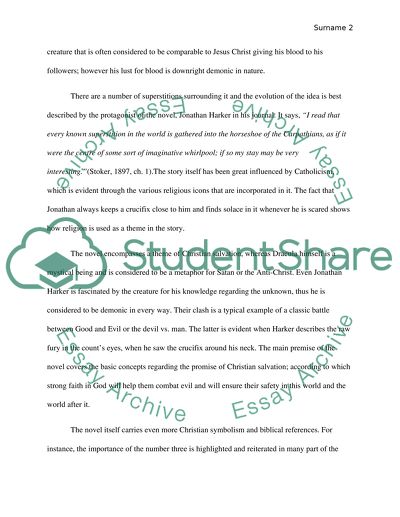Cite this document
(“Vampirism and Religion in Literature Essay Example | Topics and Well Written Essays - 1250 words”, n.d.)
Vampirism and Religion in Literature Essay Example | Topics and Well Written Essays - 1250 words. Retrieved from https://studentshare.org/literature/1447337-vampirism-textual-analysis-the-theme-of-religion
Vampirism and Religion in Literature Essay Example | Topics and Well Written Essays - 1250 words. Retrieved from https://studentshare.org/literature/1447337-vampirism-textual-analysis-the-theme-of-religion
(Vampirism and Religion in Literature Essay Example | Topics and Well Written Essays - 1250 Words)
Vampirism and Religion in Literature Essay Example | Topics and Well Written Essays - 1250 Words. https://studentshare.org/literature/1447337-vampirism-textual-analysis-the-theme-of-religion.
Vampirism and Religion in Literature Essay Example | Topics and Well Written Essays - 1250 Words. https://studentshare.org/literature/1447337-vampirism-textual-analysis-the-theme-of-religion.
“Vampirism and Religion in Literature Essay Example | Topics and Well Written Essays - 1250 Words”, n.d. https://studentshare.org/literature/1447337-vampirism-textual-analysis-the-theme-of-religion.


